The microscopic soil-dwelling nematode Caenorhabditis elegans has long fascinated neuroscientists. With precisely 302 neurons in its nervous system - each one mapped and catalogued - this unassuming roundworm offers one of biology's most complete blueprints for understanding how neural circuits generate behavior. Recent advances in computational neuroscience have transformed this simple organism into a groundbreaking model for artificial intelligence research.
From Worm to Code: The Complete Neural Connectome
What makes C. elegans extraordinary is its neural simplicity paired with behavioral complexity. Since the 1980s, researchers have known the exact wiring diagram of its 302 neurons and approximately 7,000 synaptic connections. This complete "connectome" provides an unprecedented opportunity to study how specific neural architectures produce sensing, decision-making, and movement in an actual biological system.
Several research groups worldwide have undertaken the challenge of digitally reconstructing the nematode's entire nervous system. By creating computational models that simulate the electrical and chemical signaling between all 302 neurons, scientists can observe emergent behaviors that mirror the worm's real-world actions - things like chemotaxis (moving toward food), thermotaxis (temperature preference), and even simple learning.
Emergent Intelligence from Minimal Components
The most striking finding from these simulations is how sophisticated behaviors emerge spontaneously from the modeled neural network. Without any explicit programming for specific actions, the digital worm begins exhibiting behaviors strikingly similar to its biological counterpart simply through the interaction of its simulated neural circuits.
This phenomenon provides powerful insights into the nature of intelligence itself. The nematode model demonstrates that complex behaviors don't necessarily require complex neural anatomy. Instead, the particular pattern of connections between neurons - the connectome architecture - plays a determining role in generating intelligent-seeming responses to environmental stimuli.
Applications in Robotics and AI
Engineers have begun applying lessons from the nematode model to robotics and artificial intelligence systems. Several research teams have created robots controlled by neural networks directly modeled after C. elegans' 302-neuron system. These "wormbots" demonstrate remarkable adaptability and energy efficiency in their movements and environmental interactions.
In artificial intelligence, the nematode connectome offers a middle path between overly simplistic neural networks and the incomprehensible complexity of mammalian brains. Its 302-neuron architecture is simple enough to fully understand yet complex enough to produce interesting behaviors. This makes it an ideal testbed for developing new neural network architectures and learning algorithms.
Challenges in Simulation Accuracy
Despite these successes, significant challenges remain in perfectly modeling the nematode's nervous system. Early simulations often produced behaviors that differed from real worms because they oversimplified neuronal properties. More recent models incorporate detailed biophysical characteristics of each neuron type and the precise timing of synaptic transmissions.
Another challenge involves the role of neuromodulators - chemicals that alter neural circuit function in response to physiological state. These modulatory effects, which are crucial for understanding how the same neural architecture can produce different behaviors in different contexts, are only beginning to be incorporated into the most advanced models.
Beyond the Connectome: The Role of the Body
Researchers have also discovered that accurate behavioral simulation requires modeling not just the nervous system, but also the worm's physical body and environment. The interaction between neural activity, muscle contractions, body mechanics, and environmental feedback creates a complex dynamical system that can't be fully understood by studying the connectome alone.
This realization has led to more sophisticated "embodied" simulations where the neural model controls a virtual or physical body interacting with a simulated environment. These whole-organism models have proven much more successful at reproducing the worm's natural behaviors than neural-only simulations.
Implications for Neuroscience and AI
The nematode modeling project represents a unique convergence of neuroscience and artificial intelligence research. For neuroscientists, it provides a testbed for theories about how neural circuits process information and generate behavior. For AI researchers, it offers a biologically proven architecture for building efficient, robust intelligent systems.
Perhaps most importantly, the success of these simple neural models challenges our assumptions about what's required for intelligent behavior. The fact that just 302 properly connected neurons can produce meaningful interaction with the world suggests that intelligence may emerge from the right organization of simple components rather than simply from component quantity or complexity.
Future Directions in Minimal Intelligence
Looking ahead, researchers are expanding this work in several directions. Some teams are working to create more detailed models that incorporate the worm's full molecular biology. Others are scaling up the approach to slightly more complex organisms, like larval zebrafish with their several thousand neurons. Meanwhile, roboticists continue to refine bio-inspired control systems based on these neural principles.
The ultimate goal isn't to perfectly simulate a nematode, but rather to understand the fundamental principles of how simple neural systems can generate adaptive behavior. In an era where AI systems grow ever larger and more energy-intensive, the humble C. elegans reminds us that sometimes less can be more when it comes to intelligent systems.
As these research efforts progress, the tiny nematode continues to offer outsized insights into one of science's greatest mysteries: the relationship between mind, brain, and behavior. Its 302 neurons represent both a milestone in our understanding of biological intelligence and a promising path toward more efficient artificial intelligence.

By /Jul 7, 2025

By /Jul 7, 2025

By /Jul 7, 2025

By /Jul 7, 2025
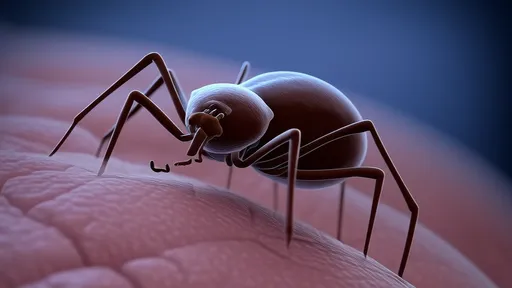
By /Jul 7, 2025
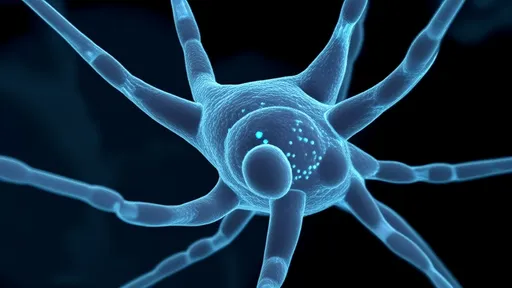
By /Jul 7, 2025
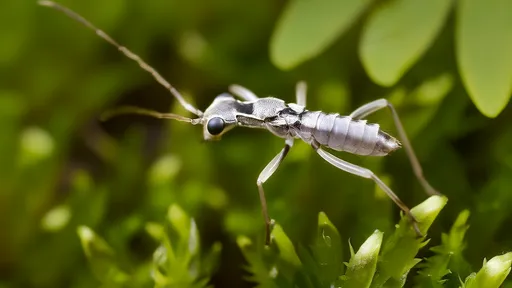
By /Jul 7, 2025
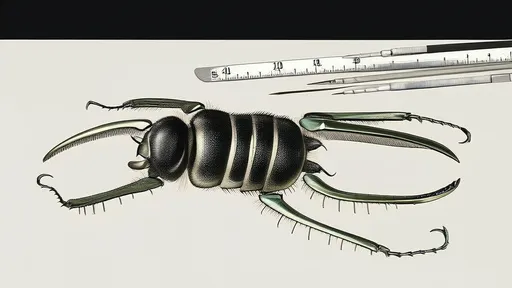
By /Jul 7, 2025
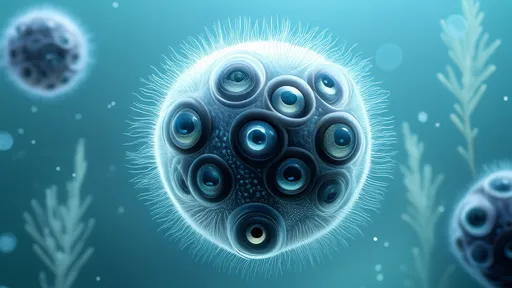
By /Jul 7, 2025
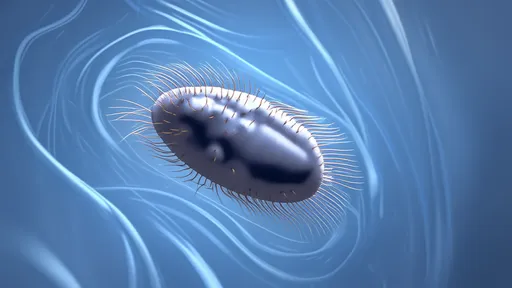
By /Jul 7, 2025

By /Jul 7, 2025
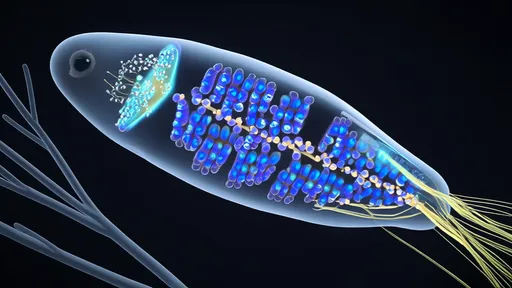
By /Jul 7, 2025

By /Jul 7, 2025

By /Jul 7, 2025
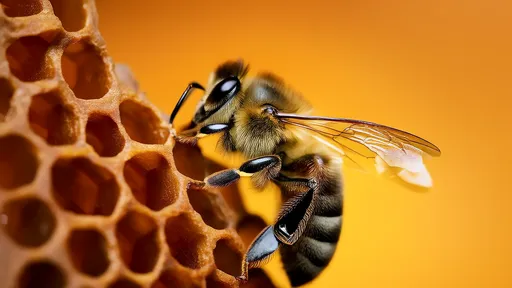
By /Jul 7, 2025

By /Jul 7, 2025

By /Jul 7, 2025

By /Jul 7, 2025